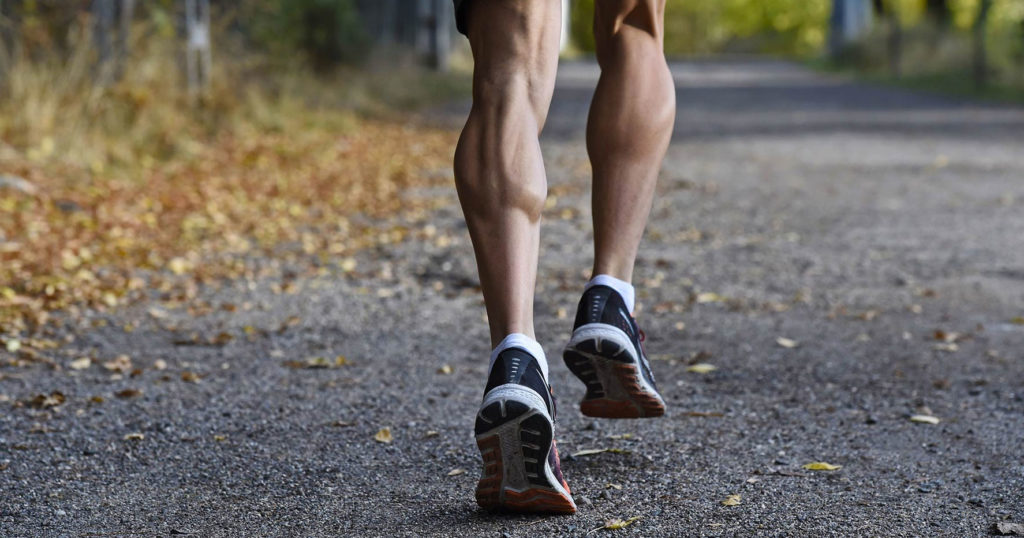Have you been prescribed calf exercises by your podiatrist or physiotherapist and not sure why? Our calf muscles play an important role in walking, running and everyday life, and some targeted exercises to increase calf strength can often yield many benefits!
The calves are made of two muscles, the gastrocnemius and soleus. These muscles allow for the extension of the ankle (plantarflexion) and are essential for daily movement.
The benefits of strong calf muscles:Having strong calf muscles has a wide range of benefits, including:
Reduced risk of injury. Reduced strength in the calf muscles may lead to a greater reliance on other leg and foot muscles, ultimately increasing the risk of overuse injuries. Calf strengthening may reduce the risk of many injuries including achilles tendinopathy, shin splints, plantar fasciitis, stress fractures and tibialis posterior tendinopathy.
Have you been prescribed calf exercises by your podiatrist or physiotherapist and not sure why? Our calf muscles play an important role in walking, running and everyday life, and some targeted exercises to increase calf strength can often yield many benefits!
The calves are made of two muscles, the gastrocnemius and soleus. These muscles allow for the extension of the ankle (plantarflexion) and are essential for daily movement.
The benefits of strong calf muscles:Having strong calf muscles has a wide range of benefits, including:
- Reduced risk of injury. Reduced strength in the calf muscles may lead to a greater reliance on other leg and foot muscles, ultimately increasing the risk of overuse injuries. Calf strengthening may reduce the risk of many injuries including achilles tendinopathy, shin splints, plantar fasciitis, stress fractures and tibialis posterior tendinopathy.
- Improved performance. Your calf muscles are responsible for the ‘push off’ phase while walking and running. Therefore strengthening your calves can help you run faster and longer. A combination of plyometrics (explosive movements) and resistance (slower movements) added into your exercise regime will help you reach higher limits
- Ankle stability: With the gastrocnemius and soleus being primary flexors of the ankle joint, increasing calf strength will allow for greater loads to be placed on the ankle joint, improving ankle stability. Calf strengthening can be a key role in ankle rehabilitation for those who are prone to ankle sprains.
The single-leg calf raise is a common exercise used to strengthen the calves and improve function, particularly in runners. This movement involves rising up as high as you can onto your big toe on one leg followed by a controlled movement back down to your heel. Make sure only the ankle joint is moving – avoid hip and knee movements.
Below this blog are the healthy norms for the number of single-leg calf raises an individual should be able to achieve at one time:
If you find that you struggle doing single leg calf raises, a great way to gain strength is to start with double leg calf raises and increase your reps & weight over time. As you get stronger doing both legs, you will eventually be able to transition into single leg raises and continue your progression.
If you think you could benefit from a strength program, or would like assistance in the prescription of calf exercises, be sure to contact The Movement Centre. Our expert podiatrists and physios would happily assess your foot/ lower leg function and help you become the best version of yourself.




